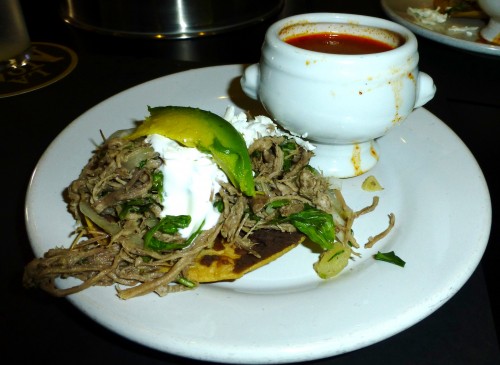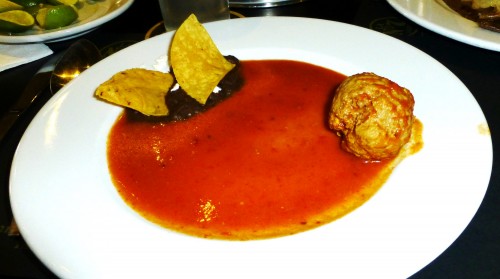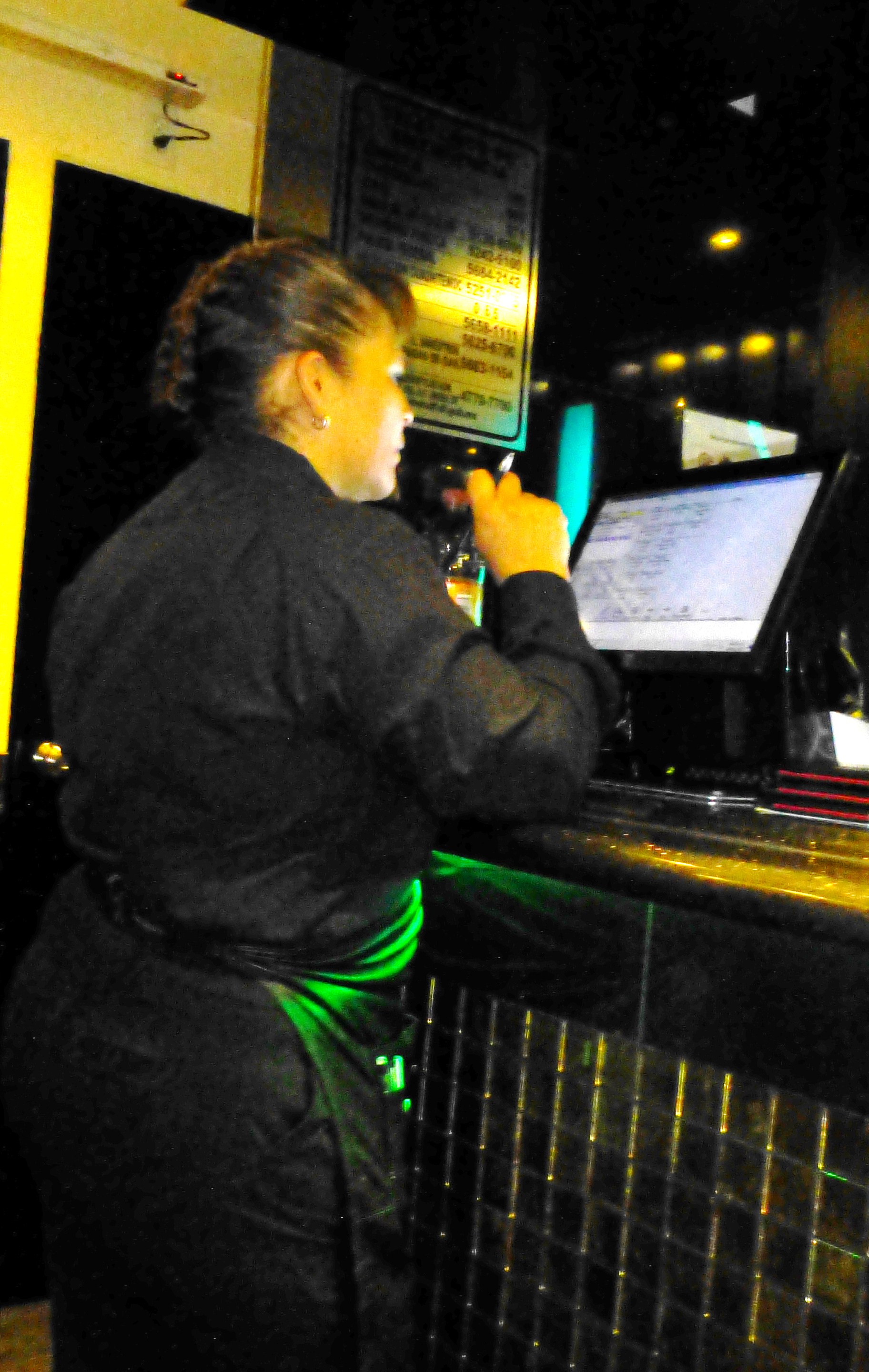 Every tourist guide to Mexico City suggests a visit to the Casa de los Azulejos (the House of Tiles) on the corner of Madero and Callejón de la Condesa in the centro histórico. Constructed in the late 18th century, the facade is covered with blue and white tile from Puebla. It was a private house until the early 20th century, when the Sanborn brothers bought it and renovated it into one of their chain store/pharmacy/cafeterias.
Every tourist guide to Mexico City suggests a visit to the Casa de los Azulejos (the House of Tiles) on the corner of Madero and Callejón de la Condesa in the centro histórico. Constructed in the late 18th century, the facade is covered with blue and white tile from Puebla. It was a private house until the early 20th century, when the Sanborn brothers bought it and renovated it into one of their chain store/pharmacy/cafeterias.
Many tourists, frightened of what mysterious bugs they might pick up from eating at markets or at taco stands on the street, haunt the lunch counter and the restaurant, where the fare is allegedly safer. Middle-class Mexicans also congregate here. You can check out one of Orozco's earliest murals inside.

Almost no one, however, climbs the stairs to the bar on the upper floor. I don't know why -- it's a pleasant, old-school setting to have a drink.


From the bar there are balconies where you can step out for views of the surrounding streets of the centro.

And even these street "performers" putting on their cartoon-character costumes.

They make a hell of a Bloody Mary, too. The Sanborn's chain is owned by Carlos Slim. The bar is one of the few unimpeachable parts of his empire.




















